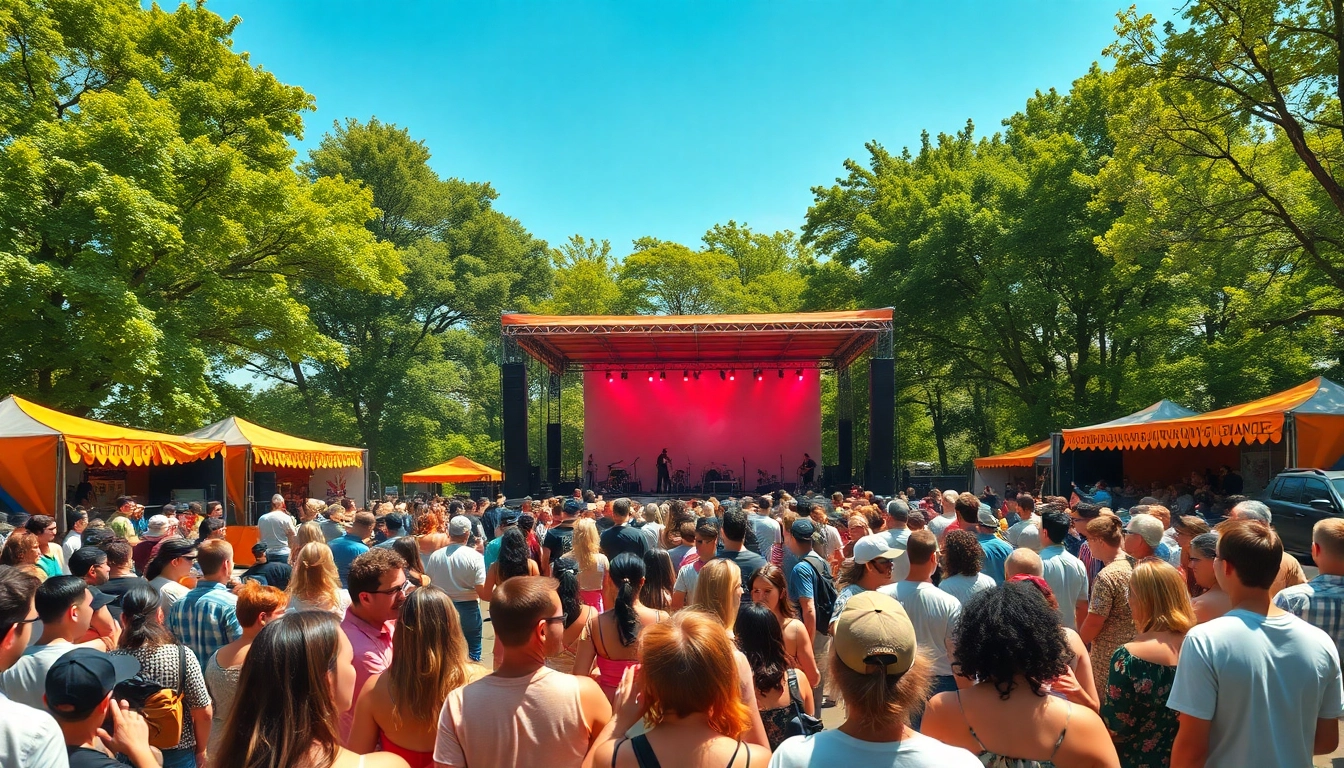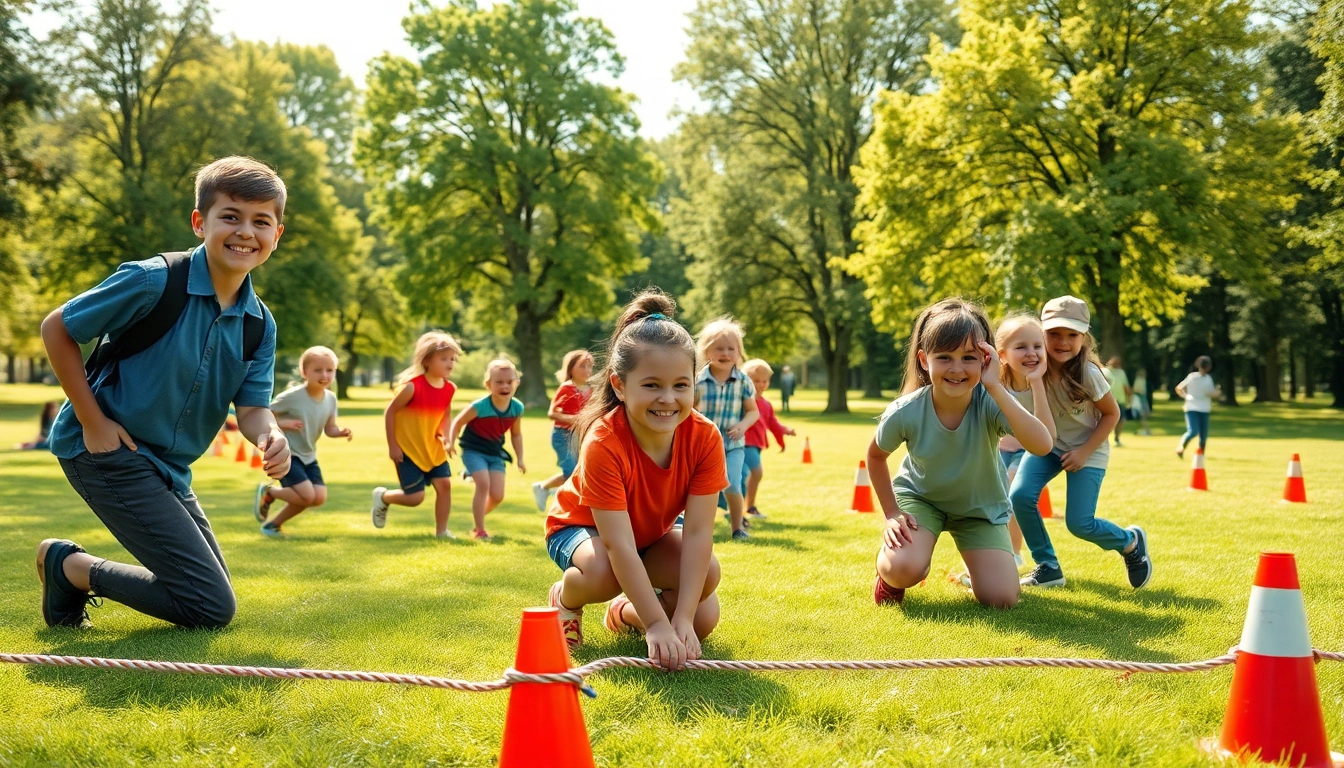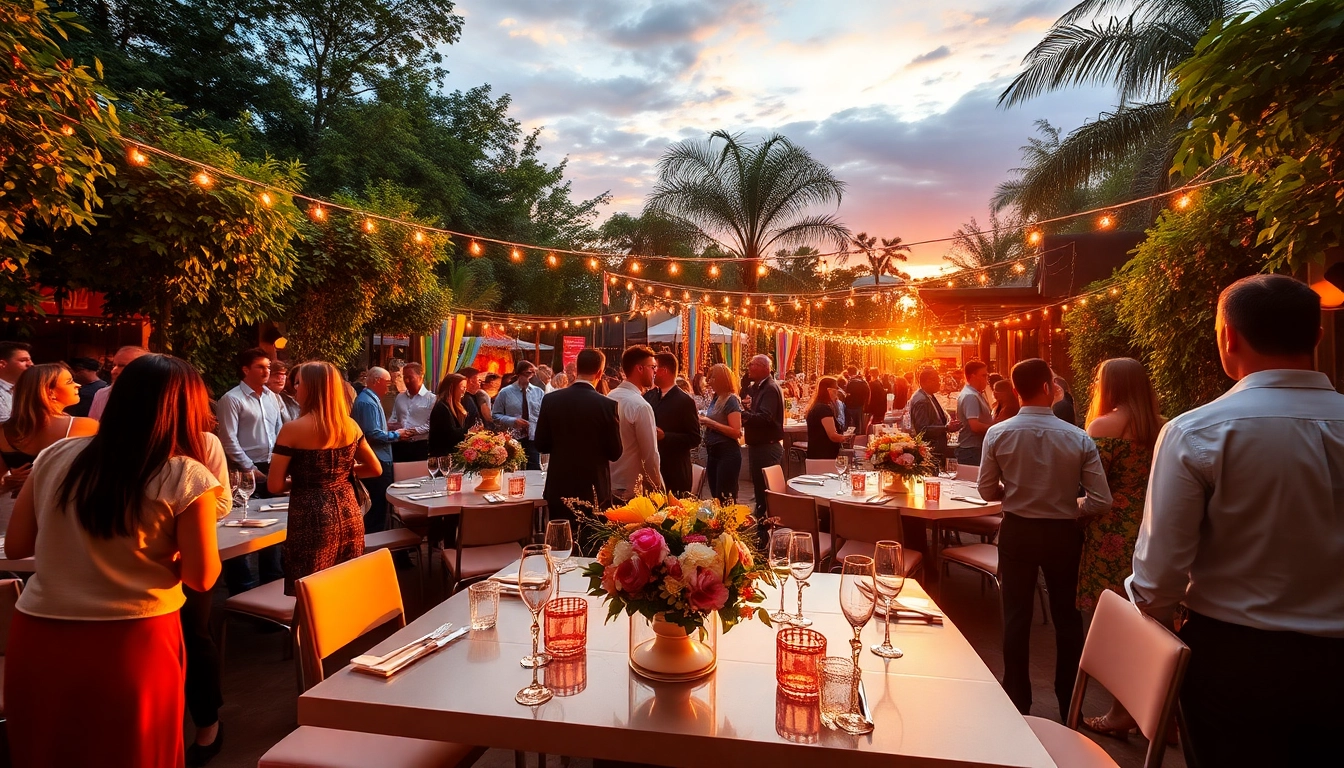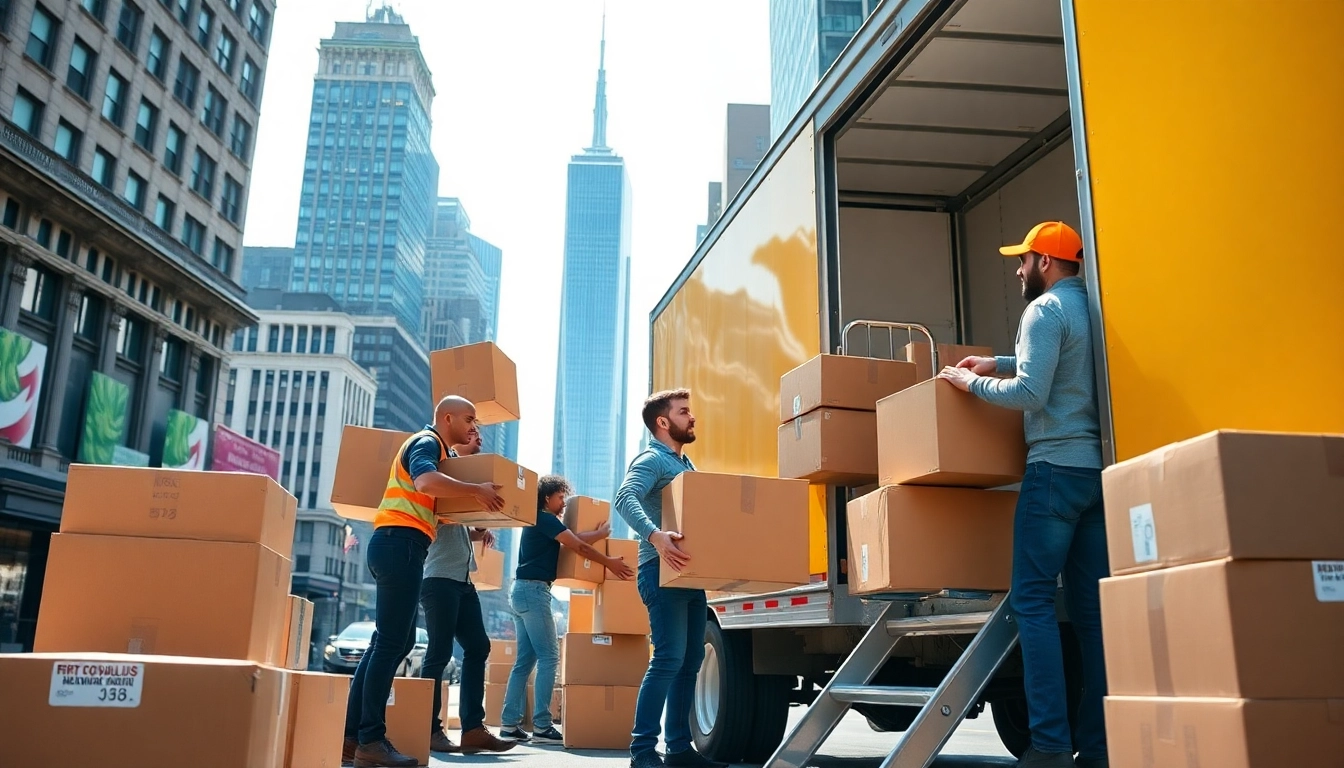
Understanding Wildfire Events
Wildfire events encompass a diverse range of activities, gatherings, and initiatives aimed at fostering community engagement and environmental stewardship concerning wildfire management and prevention. These events vary significantly, from educational seminars to community disaster preparedness drills and recreational activities focused on understanding fire ecology. Wildfire events are crucial for raising awareness about the challenges posed by wildfires, especially in regions particularly vulnerable to such phenomena.
What Are Wildfire Events?
Wildfire events serve multiple purposes. Primarily, they aim to inform and educate the public about the risks associated with wildfires and the measures that can be taken to mitigate these risks. They often include interactive experiences, workshops that cover topics like fire ecology, safety protocols, and even recreational activities, including hikes and guided tours showcasing fire-adapted ecosystems.
The Importance of Community Engagement
Engaging local communities in wildfire events is essential for fostering a culture of preparedness and resilience. When community members understand the importance of wildfire readiness, they are more likely to participate in mitigation practices, such as creating defensible space around homes or adhering to local burning regulations. Community-driven events can galvanize action, leading to better ecosystem management and improved response during wildfire incidents.
Types of Wildfire Events
There are several types of wildfire events, each designed to meet specific community needs:
- Educational Workshops: These are aimed at teaching participants about fire safety, prevention measures, and ecological impacts of wildfires.
- Preparedness Drills: Simulated exercises for communities to practice their response to wildfire emergencies.
- Community Gatherings: Social events where information on wildfire issues is shared in a more relaxed setting.
- Volunteer Opportunities: Events that focus on collaborative community efforts in fire mitigation, such as creating fire breaks or participating in habitat restoration projects.
Planning Your Participation in Wildfire Events
Choosing the Right Event for You
Deciding which wildfire event to partake in can depend on various factors, including your interests, expertise, and goals. For instance, if you are a nature enthusiast wanting to learn more about the ecosystem, an educational workshop or guided nature hike may be suitable. Conversely, if you wish to get hands-on experience in wildfire management, consider participating in a community service day focused on fire mitigation.
Essential Gear and Preparation
Preparation is key to ensuring a rewarding experience at wildfire events. Depending on the type of event, the necessary gear may vary:
- Personal Protective Equipment (PPE): For events involving physical labor, gear such as gloves, sturdy boots, and long-sleeved clothing is essential.
- Educational Materials: Bringing notebooks or electronic devices can facilitate note-taking during workshops.
- Comfort Items: For outdoor events, consider bringing water, snacks, sunscreen, and insect repellent for comfort.
Tips for Enjoying the Experience
To maximize enjoyment during wildfire events, consider these tips:
- Be Open-Minded: Engage with others, share experiences, and learn from experts.
- Ask Questions: Use the opportunity to inquire about things you do not understand regarding wildfire risks and management.
- Network: Meet people passionate about fire ecology and management. Building connections can lead to further opportunities in this area.
Environmental Impact of Wildfire Events
Promoting Awareness and Education
One of the principal objectives of wildfire events is to promote awareness regarding wildfires’ ecological role. They can educate participants on how fire influences plant and animal life, highlighting that fire is a natural part of many ecosystems. Properly managed wildfires can help reduce fuel loads and promote the health of certain plant species, ultimately contributing to biodiversity.
Supporting Sustainable Practices
Wildfire events can be instrumental in promoting sustainable land management practices. Organizations involved in these events can showcase methods like controlled burns or creating firebreaks, emphasizing their necessity and benefits to the environment and local communities. Integration of sustainable practices ultimately leads to healthier ecosystems less prone to large-scale wildfires.
Impact on Local Ecosystems
The relationship between wildfires and local ecosystems is complex and often misunderstood. Fire plays a dual role, serving both as a destructive force and as a natural rejuvenator. Adequately timed wildfires can clear dead plants, enrich the soil with nutrients, and stimulate the growth of new vegetation. Events can provide participants an opportunity to see firsthand how ecosystems recover post-fire and the species uniquely adapted to thrive in these environments.
Celebrating Wildfire Events
Highlights and Activities
Wildfire events can be vibrant and engaging, filled with a variety of activities. Celebrations can include skill-building workshops, firefighting demonstrations, and informational talks from experts. These elements not only add an informative dimension to the events but also create a culturally rich experience that can foster relationships between participants.
Making Lasting Memories
Participating in wildfire events offers opportunities to create lasting memories. Sharing experiences with family and friends during these engagements fosters a sense of community. Engaging in hands-on activities that benefit both the attendees and the environment adds to the overall significance of the event and enriches personal connections to the landscape affected by wildfires.
Community Initiatives and Volunteer Opportunities
Many wildfire events incorporate community-driven initiatives, such as tree planting, fire restoration projects, and educational outreach in schools. Volunteering for these initiatives fosters a sense of responsibility and investment in local fire ecology issues. Community involvement can amplify the impact of wildfire events and create a collaborative attitude toward fire management.
Future Trends in Wildfire Events
Growing Popularity and Participation
As the intensity and frequency of wildfires increase globally, the relevance of wildfire events is becoming more pronounced. The public’s growing interest in environmental issues suggests that these events will gain popularity, attracting more participants eager to understand how to mitigate wildfire risks. Engaging the community using interactive and informative approaches is likely to be crucial for future wildfire events.
Embracing Technology and Innovation
With advancements in technology, future wildfire events have the potential to incorporate innovative solutions for education and engagement. Mobile applications may facilitate real-time information sharing, emergency alerts, and interactive maps that highlight fire-prone areas. Virtual reality technology can even provide immersive experiences, allowing participants to visualize the effects of fire on ecosystems without ecological harm.
Impact of Climate Change on Event Planning
Climate change is reshaping the landscape of wildfire events. As conditions become more unpredictable, event organizers must be agile and responsive to changes in climate and wildfire patterns. This adaptability may require integrating new educational content that reflects the latest research findings and adjusting engagement strategies to explain evolving circumstances to community members.





